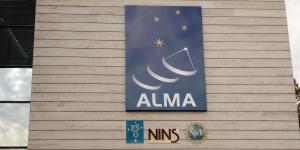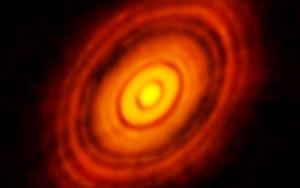Blog
Behind the Curtain
23 June 2015
 Brian Koberlein
Brian KoberleinNeil Armstrong didn’t go to the Moon. He was sent to the Moon by a skilled and hardworking team known as NASA. Armstrong wasn’t just along for the ride, but he didn’t do it alone. We don’t remember most of the NASA team, but we do remember Armstrong.
The same is true with modern big science. We read about the results, and we might see a quote or two from the primary scientists, but there’s an entire team that makes the scientific findings possible. We remember the show, but not the team behind the curtain.
 ALMA
ALMATake, for example, the Atacama Large Millimeter/submillimeter Array (ALMA). It currently has 64 telescopes working together to study the sky at microwave wavelengths. It’s done some amazing work so far, and it will continue to do amazing work for at least the next 30 years. ALMA is only possible through a collaboration between Europe, the United States and Japan. Each of these have a corresponding research organization (ESO, NRAO, and NAOJ), and each of these organizations are funded through different governmental institutions. In the case of the U.S. it’s the National Science Foundation (NSF), the same institution that’s funded my trip to Chile.
There are hundreds of people working directly at ALMA. That doesn’t count those that coordinate behind the scenes, including the U.S. Embassy in Chile. Large science projects such as ALMA require both financial and political power to make it happen, and it’s only possible through international collaborations. If you’ve ever served on a committee at work you’ll understand just how amazing these big science collaborations actually are.
But the vast majority of people supporting ALMA and it’s science will never be mentioned in a press release, nor interviewed regarding their contribution to science. But their work behind the curtain is absolutely necessary. Without them, ALMA and other big projects like it wouldn’t be possible.